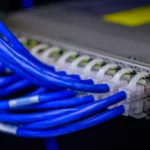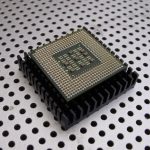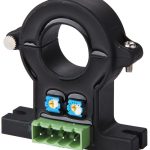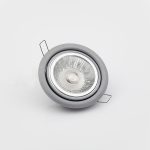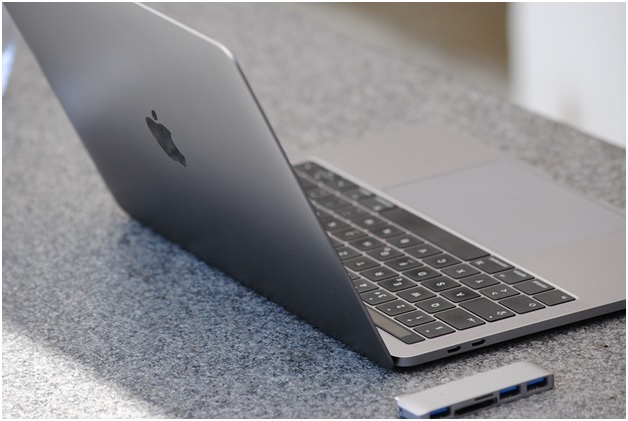
Universal Serial Bus (USB)
Universal Serial Bus (USB) is a port standard that has been around for close to 20 years now. USB standard defines connectors, cables and communication protocols for communication, power supply and theconnection between computers and other devices. USB has become very popular, especially USB type c and has since replaced earlier interfaces like the serial and parallel ports on many devices. There are three formats of USB connectors;
- Default– This is designed for desktops and portable equipment.
- Mini– This is meant for mobile equipment like cameras and printers
- Micro– This is intended for mobile phones
USB cables have 4 standards as discussed below;
- Full speed (USB 1.1)- USB 1.1 compliant devices can achieve a maximum data transmission rate of 12 Mbps.This standard never made it to consumer products, it is actually largely obsolete.
- High speed (USB 2.0)- Devices with USB 2.0 standard can achieve a maximum of data transmission speeds of up to 480 Mbps. It has a power output of 5V, 1.8A. USB 2.0 is backward compatible with USB 1.1.
- SuperSpeed (USB3.0)- Devices that have USB 3.0 compliant hardware can achieve transmission speeds of up to 5120 Mbps. It is usually colored blue and it can deliver power output of up to 5V, 1.8A of power. USB 3.0 is backward compatible with USB 2.0.
- Super speed plus (USB 3.1)- Devices equipped with USB 3.1 compliant hardware can achieve transmission speeds of 10,240 Mbps. USB 3.1 is backward compatible with USB 2.0 and USB 3.1. It has three power profiles thereby allowing large devices to draw power from thehost, 2A at 5V, 5A at 12V and 5A at 20V. USB 3.1 standard is mostly used with USB Type C cable.
Each of these standards has different hardware and cabling requirements. Each of them is identified by their name and icon. USB cables have different ends, A and B. Each end has different physical connector i.e. plug and receptacle. Ordinarily, A is usually the default format while B varies (mini or micro). There some cables that have A plugs on both ends, such cables used for host to host transfers.
USB ports
To meet customer needs and to keep pace with the rapid changes in technology, USB Implementers Forum came up with different ports. There are three types of ports as discussed below
USB Type A
USB Type A bears the default format and is always the host device (the one providing electricity, controlling data transfers). Mostly found in PC’s, routers, laptops, car chargers, TV sets and gaming consoles.
USB Type B
USB Type B comes in two formats, the mini, and the micro. The micro is smaller than the mini. The mini is mostly used on printers, controllers, cameras and older devices while the micro is mostly used on mobile phones, tablets, and external hard drives.
USB Type C
The USB Type C is a new shape of port and plug that is intended to fix the age-old problem of difficulties in plugging in USB cables into devices. USB C is reversible and can be plugged in any direction without having to worry which is the top or the bottom part. Moreover, if you have a laptop and a device that have USB-C ports, you can plug either end to the laptop and the other end to the device.
USB Type C is also small in size, actually, it is about the same size of the Micro USB connection hence it is able to fit in even in small devices. It is also bi-directional making it great for charging since a device can charge a peripheral and if the device runs low, the peripheral can charge the device. When combined with USB Power Delivery, the USB Type C can support high power output of up to 100W at 20V and 5A. This power is sufficient to charge not just smartphone but also notebooks that have USB PD and Type-C. Recently launched laptops like Apple MacBook and Google Chrome Pixel contain this type of port. With this port, external hard drives and USB hubs will not need an extra port for charging.
USB Type C vs USB 3.1
This far, these two terms should be easy to distinguish. USB Type C, discussed above, refers to the physical shape of the USB connector. It is the most recent type of USB connector that unlike its predecessors allows for reversible plug orientation. This was you won’t need to worry about plugging the cable upside down. It also has a high-power output of up to 100w and high data transfer speeds.
USB 3.1 is a USB standard and only describes the capabilities of the port. That is to say that a connector may be Type but may not be in a position to support data transfer speed of 10 Gbits/s. This term is used to describe ports that are capable of data transfers speeds of up to 10Gbits/s and power output 5A at 20V (100W).
What is causing this confusion? Well, only USB Type C is capable of delivering on the 100W power output and data transfer speed of up to 10 Gbits/s at full duplex. On the other hand, only USB 3.1 compatible ports are capable of such power output and data transfer speed. On this note, these two are often used hand in hand. Moreover, the two were announced around the same time. This made it difficult for people to tell them apart. However, now I bet you can tell the difference.







